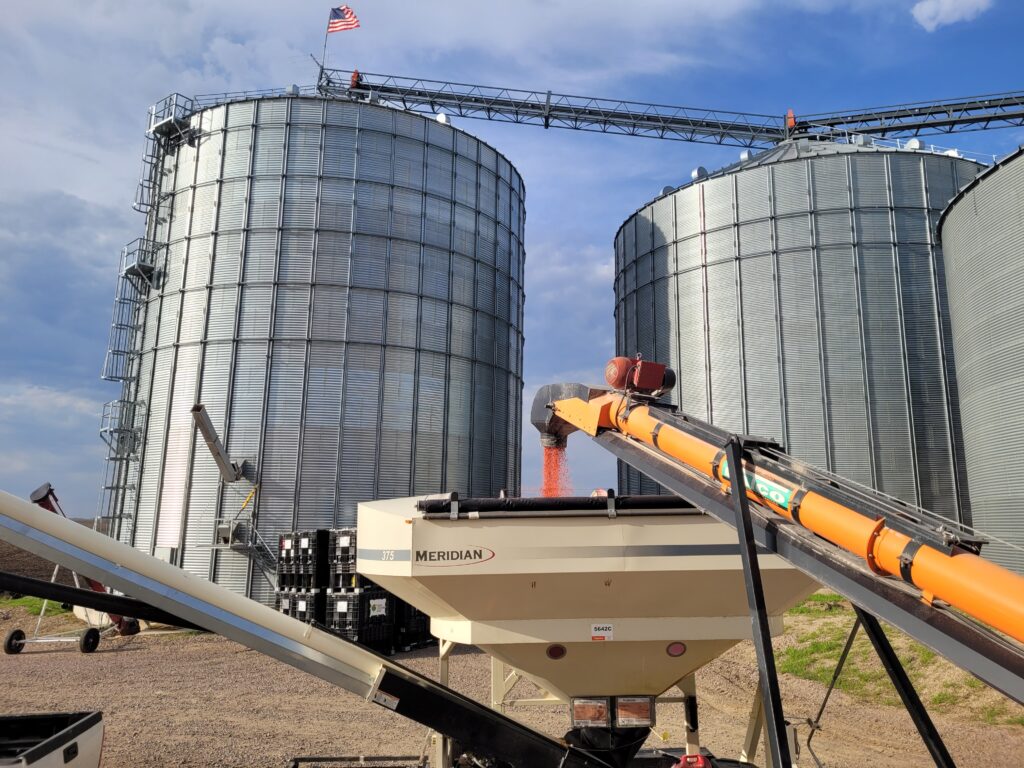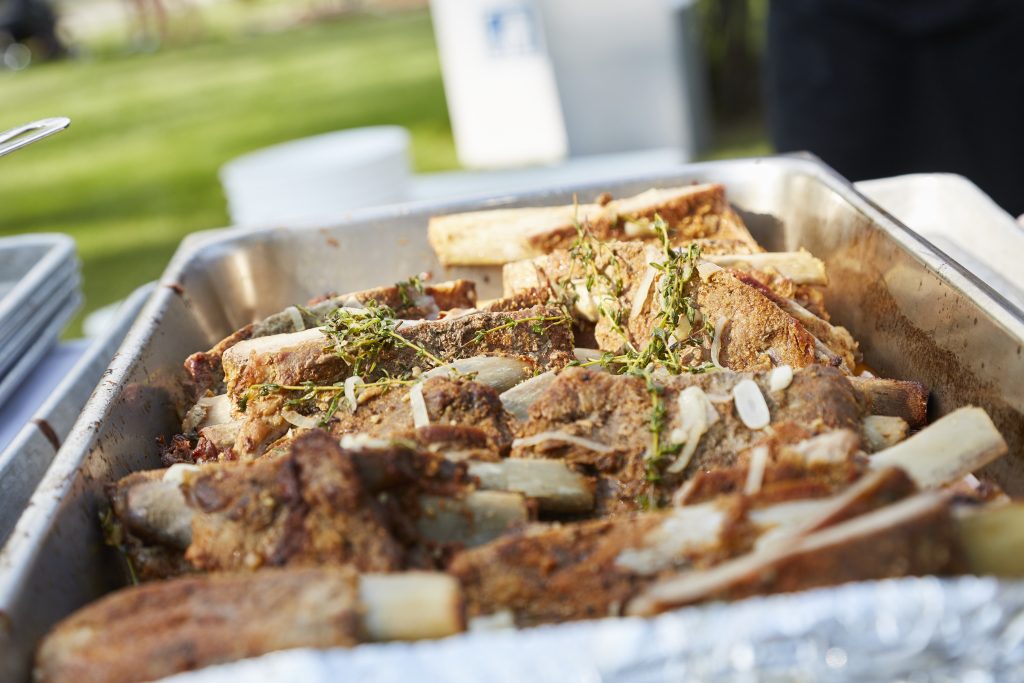Farm Practices
Why do we treat our seeds?
Written by: CGMN volunteer, Angela Guentzel

My family and I raise corn and soybeans on our sixth-generation family farm in South Central Minnesota. We have farmed some of the same soil for more than 120 years. One thing we know for sure is that every farm season is unique. Some years there are droughts, sometimes there’s excessive rains, prices are sometimes high and, just as often, they’re low. As farmers, our crops deal with hail, windstorms, frost and snow to name a few of the elements. Frankly, the only thing we can truly predict is that the crop season is going to be unpredictable. To mitigate these challenges, however, there are many tools farmers have at their disposal to protect their livelihood.
One important tool in our toolbox is Seed Treatments, or treated seeds. Seed treatments help farmers protect their seed and seedlings against pests and diseases early in the growing season.
The reason why we treat our seed is simple: just like any other living thing, a plant that is protected from the start will have a healthier development and a stronger future. Plants with a good start have deeper, healthier roots and stronger, high-quality stalks, for example. The minute corn and soybean seeds get laid in the soil bed they are already facing challenges. An unprotected seed is highly susceptible to diseases, fungi, hungry bacteria and insects. Seed Treatments are an effective option to help repel these possibly detrimental challenges.
And then there’s emergence. Emergence – or the evenness/uniformity at which plants come out of the ground – is critical to a healthy, thriving crop. In Minnesota, it is not uncommon to plant a field in perfect conditions – a warm, dry and sunny day – only to have snow, frost and cold move in for an extended stay. Let’s say, for example, you’ve just planted your soybeans and suddenly the temperature drops and a cold rain arrives: your seed will then sit in the cold, wet ground for possibly several weeks. Simply put — untreated seeds cannot thrive in these conditions. They become even more susceptible to insects and disease not to mention they are likely to rot or mold. All of this would lead to a highly irregular emergence and would greatly affect crop quality and yield.
So, what is seed treatment anyway? A seed treatment is a biological organism, nutrient, colorant or chemical that is precisely applied to a seed. There are many different options for seed treatments depending on what challenges your plants are most likely to face; all of these options necessitate EPA approval and require a special license to apply them. The active ingredients that generally comprise seed treatments are as follows: insecticides, nematicides, fungicides, and biologicals. Farmers work with licensed experts and use the latest University research to identify the mix that is going to be most effective for their specific needs.
But are seed treatments safe? Simply stated, yes. Seed treatments undergo rigorous testing and are highly regulated. Not only are there rules and regulations for applying the seed treatment, there are also strict regulations for disposal of any unused seeds. Treated seeds are also colored so there is no question as to whether there is/was any form of treatment applied.
Farmers have many options in what and how they choose to plant their crops. On our farm, we work hard to produce a high-quality product that we are proud of and seed treatments are an important tool in helping us to achieve that goal.
Hear more from CommonGround volunteers on our video page here.




